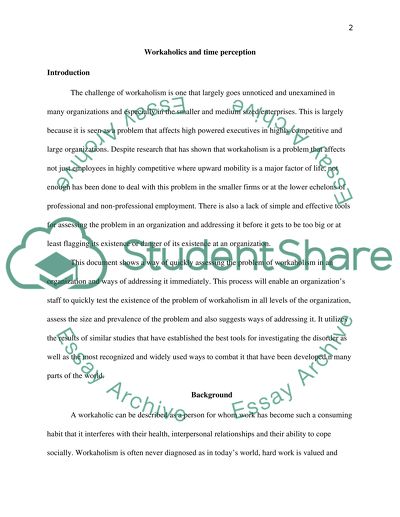Cite this document
(“Workaholic and time perception Essay Example | Topics and Well Written Essays - 1250 words”, n.d.)
Retrieved from https://studentshare.org/sociology/1476048-workaholic-and-time-perception
Retrieved from https://studentshare.org/sociology/1476048-workaholic-and-time-perception
(Workaholic and Time Perception Essay Example | Topics and Well Written Essays - 1250 Words)
https://studentshare.org/sociology/1476048-workaholic-and-time-perception.
https://studentshare.org/sociology/1476048-workaholic-and-time-perception.
“Workaholic and Time Perception Essay Example | Topics and Well Written Essays - 1250 Words”, n.d. https://studentshare.org/sociology/1476048-workaholic-and-time-perception.


